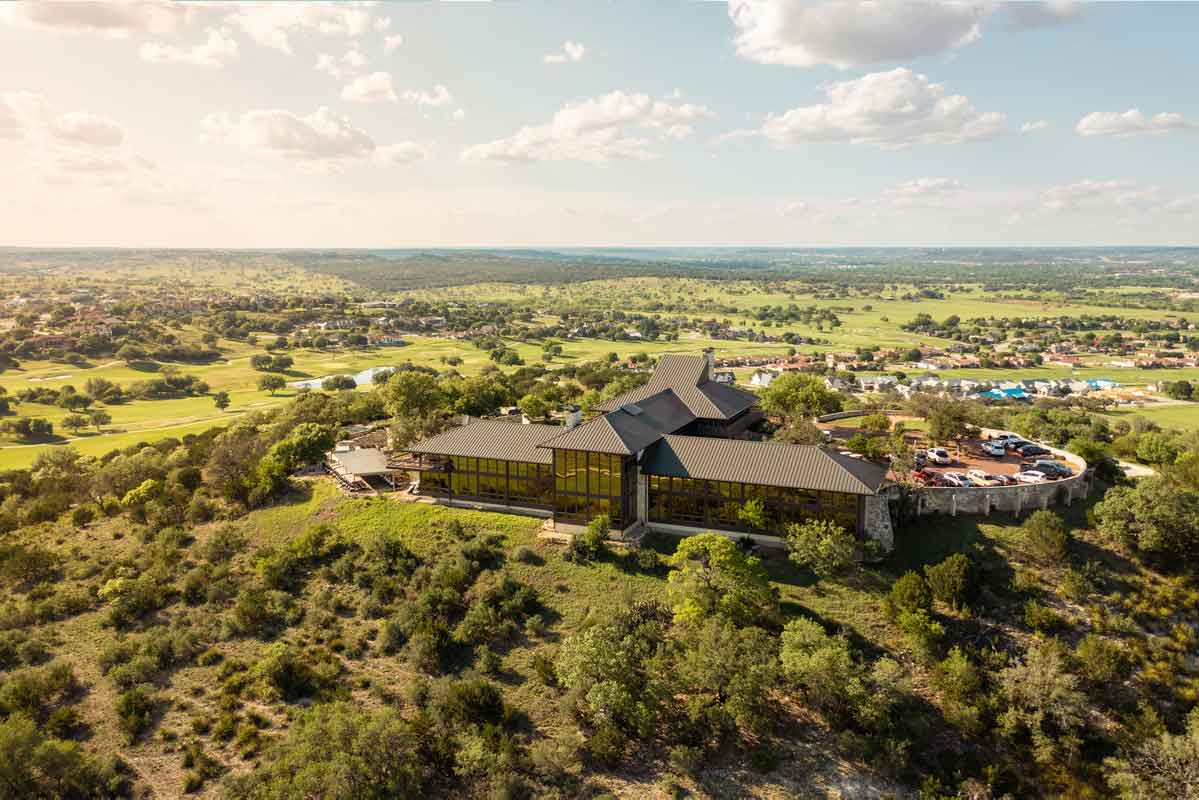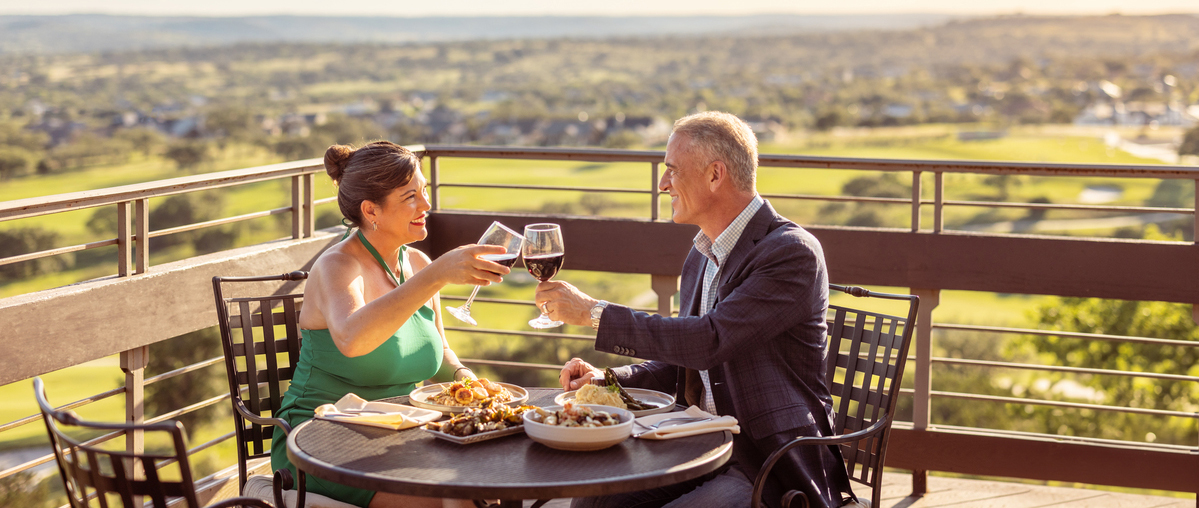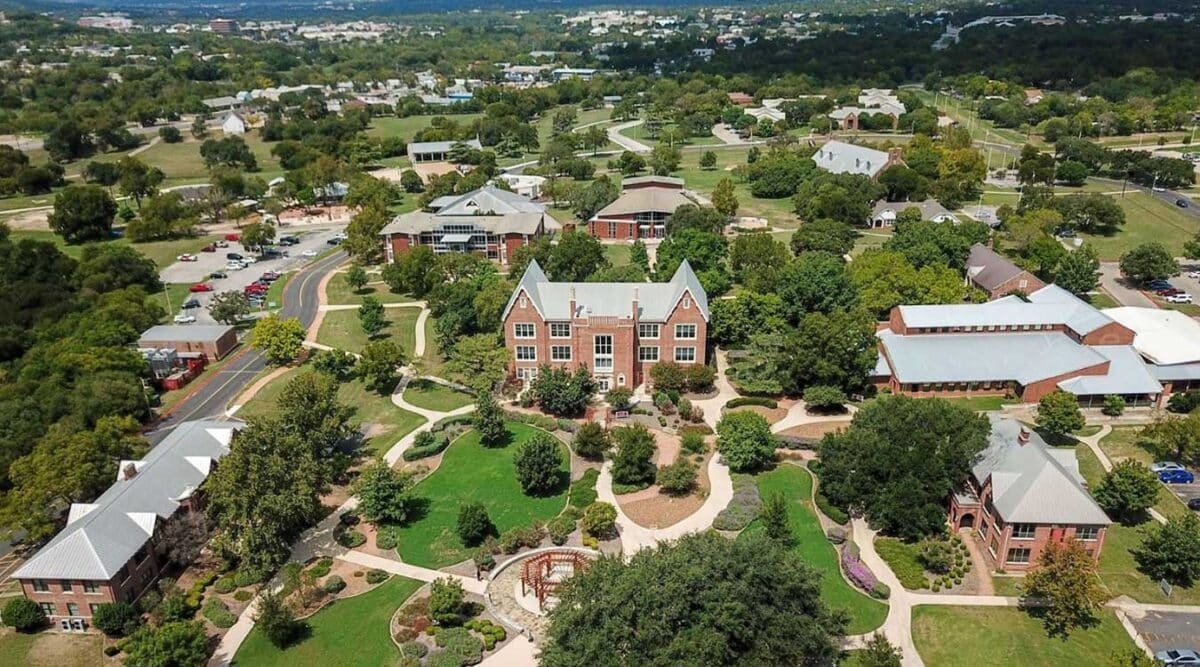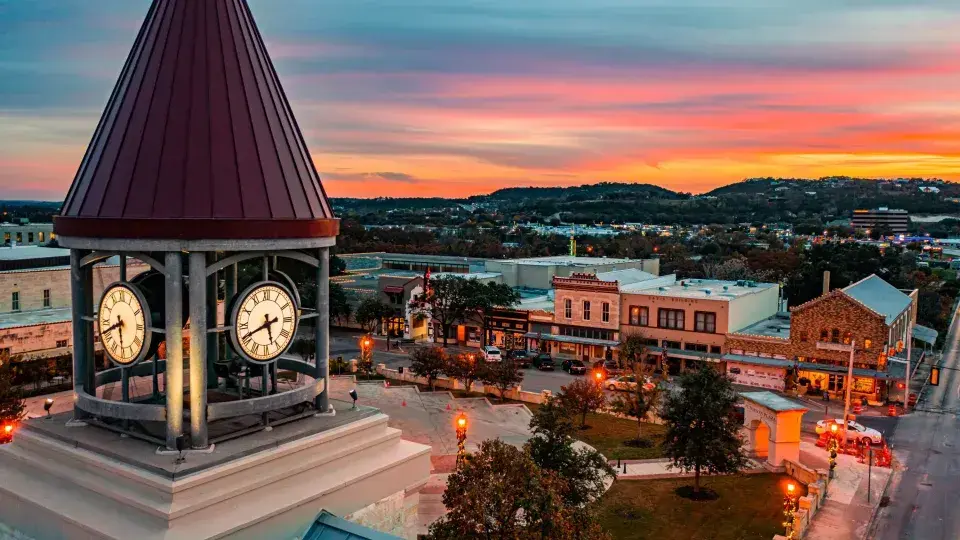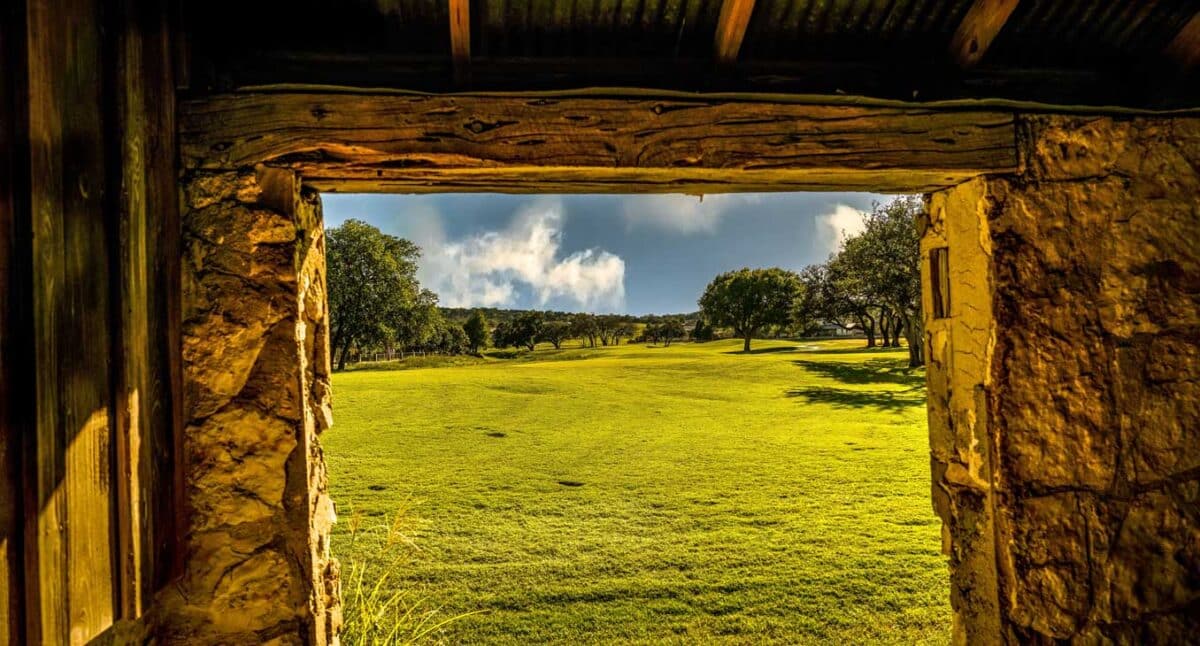Discover the Charming Boutiques of Kerrville, Texas
Nestled in the heart of the Texas Hill Country, Kerrville is not just a destination for outdoor enthusiasts and foodies but also a hidden gem for boutique shopping. Wander through the quaint streets of Kerrville and uncover an array of charming boutiques offering unique finds, from handcrafted jewelry to stylish home décor. Let’s explore some of the most beloved boutiques in Kerrville that are sure to captivate your heart and ignite your shopping spirit.
Copelands, C.J.
A veritable gold mine for people looking for distinctive, superior products that are charming and elegant at the same time is C.J. Copelands. This store focuses in providing a well chosen assortment of gifts, accessories, and apparel for ladies. C.J. Copelands offers a wonderful shopping experience whether you’re looking for a chic handbag to hold your belongings or a gorgeous piece of jewelry to round off your outfit. The business is a favorite among both locals and tourists because of its cozy and welcoming ambiance, which makes every shopping trip feel like an enjoyable journey.
Custom Touches
Conveniently located in downtown Kerrville, Custom Touches specializes in fine linens, customized bedding, and elegant yet unpretentious lifestyle brands. With a large selection of barware, household goods, and much more, this boutique guarantees that each item you find is elegant and one-of-a-kind. The best source to get premium household necessities that give your home a unique flair is Custom Touches. The helpful team is always there to help you choose the ideal items to improve the décor in your house.
Rustic Elegance
Rustic Elegance lives up to its name by blending the charm of rustic design with the sophistication of elegant style. This boutique offers a wide range of home décor items, from beautifully crafted furniture to eye-catching accessories that add a touch of rustic charm to any space. Whether you’re redecorating your home or simply looking for that perfect accent piece, Rustic Elegance provides a delightful shopping experience with its thoughtfully curated selection of items that celebrate the beauty of rustic design.
Gypsy Pearl
Located in downtown Kerrville, Gypsy Pearl provides the latest in women’s fashion with a timeless and lasting appeal. This boutique offers unique clothes and gifts for the stylish chic of any age or even just for yourself. From trendy dresses to statement accessories, Gypsy Pearl ensures you’ll find something special that reflects your personal style. They also offer stylish options for men, making it a versatile shopping destination. The boutique’s vibrant and welcoming atmosphere makes shopping here an enjoyable and inspiring experience, ensuring that you leave with pieces that reflect your unique style.
East End Market
For those who love antiquities, a visit to Kerrville’s East End Market is a must. It is home to the unusual, historic, and uncommon. This large store features the curated selections of several vendors, so the stock is changed frequently. Every room in your house can be furnished with furniture, décor, and original artwork in addition to glassware, jewelry, trinkets, and artwork from various bygone times. Additionally, it’s the ideal location to locate that unique item for the names on your gift lists that are tough to find. Look at this amazing collection of ancient treasures!
Kerrville, Texas, with its charming boutiques and unique shopping experiences, offers a delightful escape for anyone looking to discover hidden treasures and stylish finds. his energetic town has something to offer everyone, from the classic appeal of Gypsy Pearl’s clothing to the rustic charm of Custom Touches and the amazing antique finds of East End Market. Allow each boutique to lead you on a voyage of grace, originality, and classic style as you explore Kerrville. Prepare to discover the hidden treasures that turn Kerrville into a veritable shopping paradise in the center of the Texas Hill Country by packing your bags for shopping.

